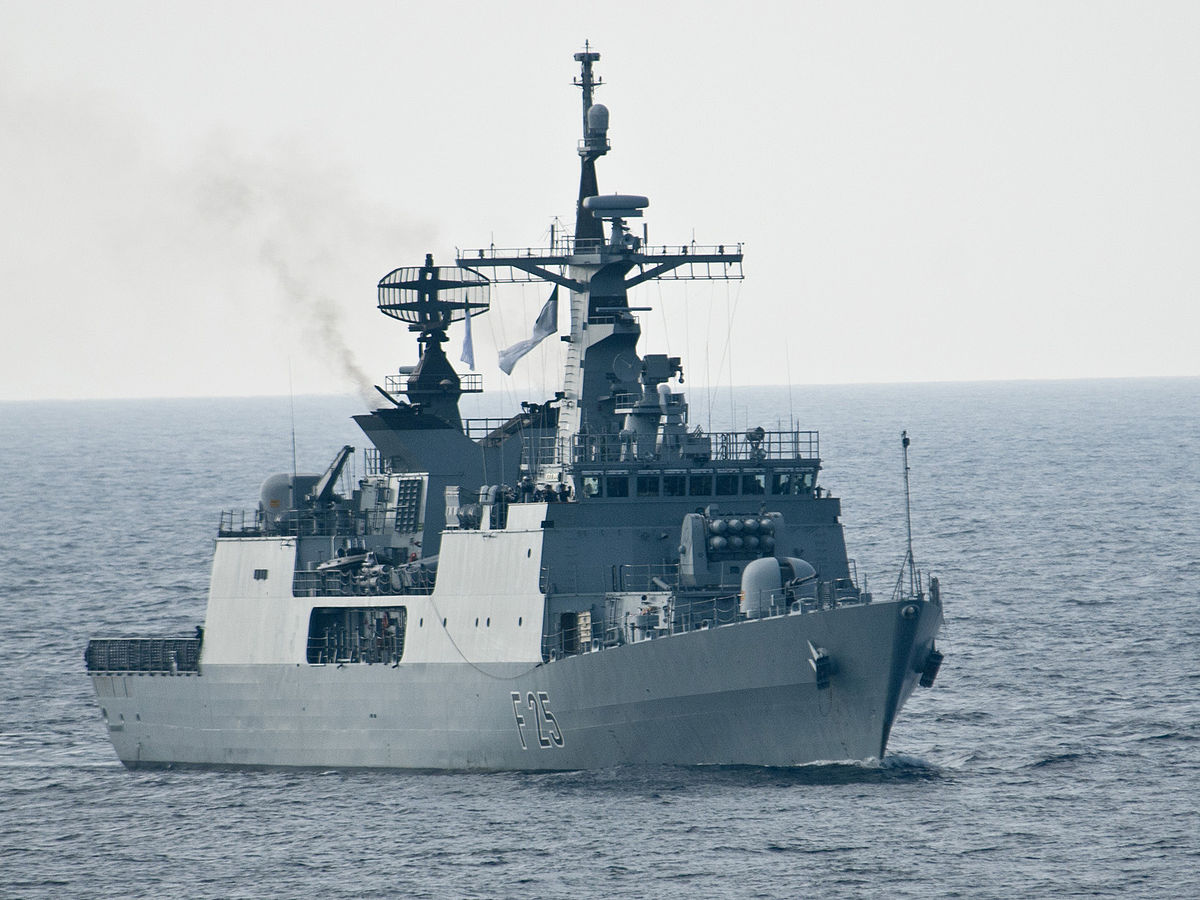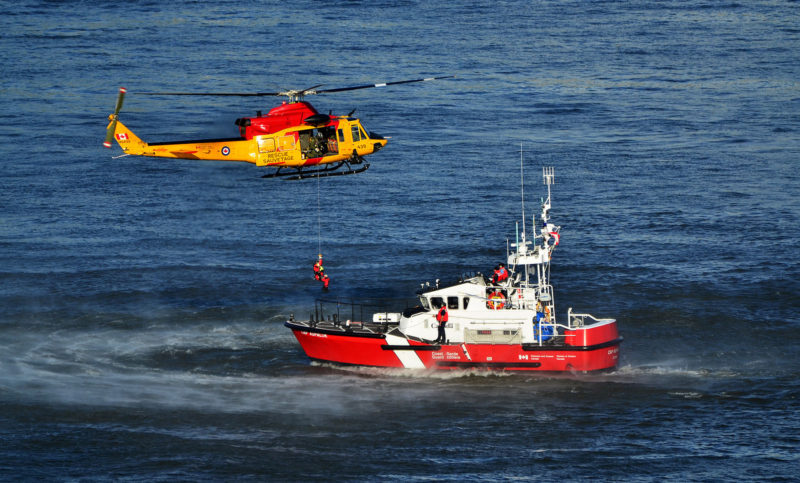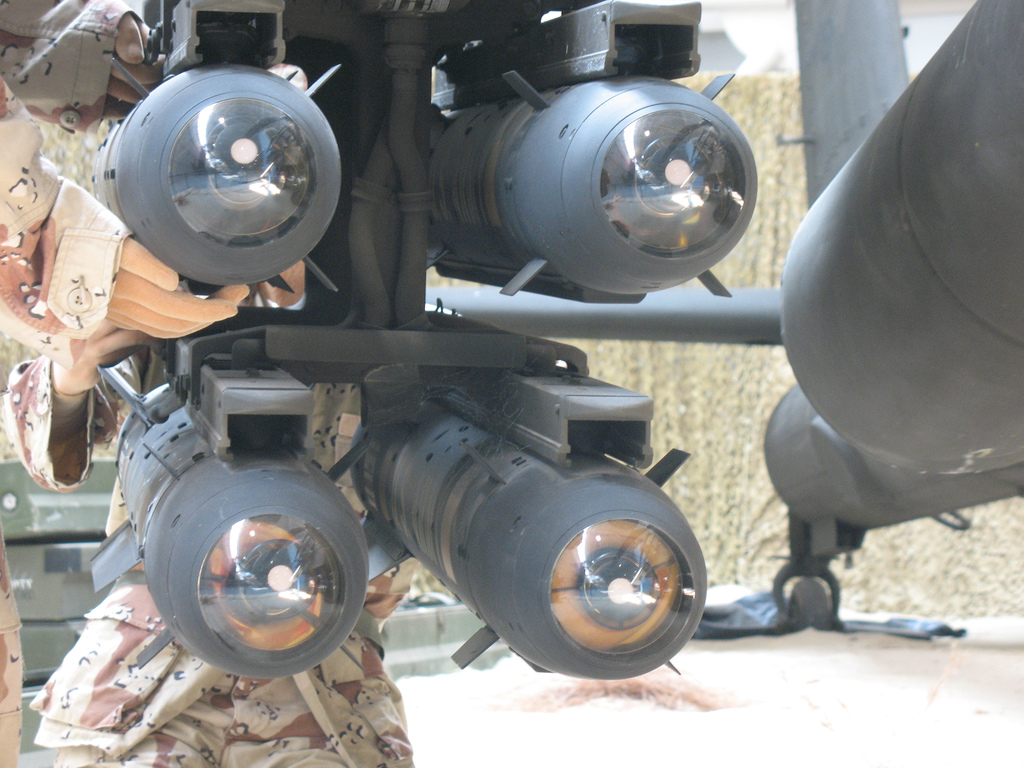
While the maritime disputes of the South China Sea frequently make headlines, other parts of the Indo-Pacific are also disputed, resulting in naval buildups. The Bay of Bengal is one such body of water with disputes arising over maritime delineation, something key to determining which country owns the lucrative oil and gas found under the seabed. For a country like Bangladesh, access to relatively small reserves of oil and gas (by global standards) can dramatically impact economic development and the government’s resources. While the Bangladesh-Myanmar (Burma) maritime dispute and the Bangladesh-India maritime dispute were resolved in 2012 and 2014, respectively, incidents at sea occurred as recently as 2008, when naval ships were sent to escort competing oil and gas exploration vessels. Consequently, Bangladesh has been modernizing its navy, going so far as to purchase its first submarines. This article will survey Bangladesh’s ongoing naval modernization with an emphasis on warships. As a result, Bangladesh’s substantial inventory of coastal and inshore patrol craft will be left out of discussion.
Given its large coastline and almost 119,000 square kilometers of Exclusive Economic Zone (EEZ) in the Bay of Bengal, Bangladesh faces many pressing maritime security challenges. It needs to protect exploration and drilling vessels seeking to tap into the oil and gas reserves of its EEZ. At the same time, it must also deal with piracy, terrorism, gun running, human trafficking, illegal fishing, and drug running. Given the country’s coastal nature and the frequency of flooding and other natural disasters, it also requires the development of capabilities to conduct search and rescue tasks.
In 2009, in the wake of a narrowly averted clash with Myanmar in the Bay of Bengal, Bangladesh launched a 10-year program to develop a ‘three-dimensional navy’ (surface, undersurface, naval aviation). The aim of the effort is to better protect Bangladesh’s EEZ and the natural resources within it. In 2013, this naval modernization program fell under the larger modernization effort for the Bangladesh Armed Forces, Forces 2030. T
he Bangladesh Navy’s plans are ambitious and comprehensive, seeking a number of new and used frigates and corvettes, submarines, new patrol vessels, a logistics ship, a fleet tanker, mine countermeasures vessels, an oceanographic ship, a rescue ship, amphibious warfare vessels, and a floating dock. In addition, the Bangladesh Navy seeks a number of new helicopters and maritime patrol aircraft and established its naval aviation branch in 2011. Moreover, these vessels, particularly the submarines, need new bases and Bangladesh has been busy constructing the infrastructure to accommodate its new naval capabilities.
The main vessels of Bangladesh’s surface fleet are one South Korean-built Ulsan-class frigate derivative, one Chinese-built Type 053H1 light frigate, one British-built Salisbury-class frigate, two former US Coast Guard patrol frigates, and two second-hand Chinese-built Type 053H2 frigates. These are complemented by five classes of just over a dozen patrol vessels of varying sizes. While these numbers appear impressive, they belie the Bangladesh Navy’s fundamental problem: having a large number of old, disparate ships. For example, its two ex-US Coast Guard Hamilton-class ships, while large and capable on paper, have an average age of 44.5 years. Remarkably, one entered service in late 2013 and the other in May 2015. The Bangladesh Navy’s sole Type 053H1 light frigate is 25 years old and its two recently-acquired second-hand Type 053H2 frigates are also 25 years old. Even so, the Type 053H2s are very new by Bangladesh Navy standards as they replaced two British-built Leopard-class frigates which, upon retirement in 2014, had an average age of 58.5 years. The sole Salisbury-class light frigate was launched in 1955, making the ship a remarkable 60 years old. Even more unusual is that the ship participated in the search and rescue efforts involving the disappeared Malaysian Airlines Flight 370. Similarly ancient vessels make up the bulk of Bangladesh’s substantial inventory of obsolete missile-boats, gun-boats, torpedo-boats and torpedo chasers.
The navy’s most capable vessel, the sole Ulsan-class frigate derivate, the BNS Bangabandhu, was commissioned in 2001. Equipped with surface-to-air missiles, anti-ship missiles and a helicopter hangar, the vessel provided a dramatic improvement to the Bangladesh Navy. Even so, it was one vessel and for financial reasons, the ship was mothballed and put into reserve after just a year of service, only to be re-commissioned in 2007. While the ship has over two decades of life left, its systems have grown old and a costly upgrade will be required. The navy’s surface fleet will soon be joined by two new Chinese-built Shadhinota-class corvettes, with a further two to be built in Bangladesh. These are derivatives of China’s Type 056-class corvettes minus the Chinese ships anti-submarine warfare equipment. As such, these new vessels are clearly oriented towards patrol duties, notwithstanding the fact they are equipped with a local air defence system and four C-802A anti-ship cruise missiles. These new ships are desperately needed but are insufficient to modernize Bangladesh’s extremely aged surface fleet.
While surface ships are inherently multi-purposed, submarines can only be used for offensive operations or, in more theoretical terms, for sea denial. Sea denial operations seek to prevent an adversary from dominating the ocean. Because submarines are underwater and hard to detect, they make for excellent sea denial platforms. Bangladesh purchased two second-hand Chinese-built Ming-class diesel-electric submarines. Ordered in 2013, they are expected to enter service in 2016. The decision to procure submarines has been consequential as neighbouring Myanmar is now also seeking submarines. At the same time, they only contribute to the highly militarized end of the Bangladesh Navy’s spectrum of capabilities, raising questions as to whether scarce funds could have been better spent on the surface fleet.
While the submarines improve the capabilities of the navy, they are used and based on an outdated design. It is unclear which Chinese-built Type 035G-class submarines Bangladesh is receiving (the newest Type 035 in Chinese service was built in 2001), but it should be noted that the class is a Chinese-built derivate of the Soviet-designed Romeo-class submarine. While the submarines purchased by Bangladesh come from a much later upgraded variant, it is worth noting that the Romeo-class was first commissioned by the Soviet Union in 1957, making the design a very old. That said, it is likely that Bangladesh considers these submarines interim training platforms. Indeed, the country is rumoured to be in the market for two additional submarines, with reports suggesting that it is considering the Russian-built Kilo-class diesel-electric submarine.
An overall assessment would conclude that the Bangladesh Navy is making significant progress in its combat fleet modernization efforts. The navy is increasingly capable of coastal defence and enforcement of claims to its EEZ. At the same time, through the acquisition of submarines, Bangladesh has declared its intent to develop a combat-capable navy, rather than one only suitable for patrol purposes. Nevertheless, the navy faces significant challenges emanating from having an aged and diverse fleet. With so many ships requiring replacement in the immediate near term and funds scarce, it remains to be seen if its ambitions will be realized.




